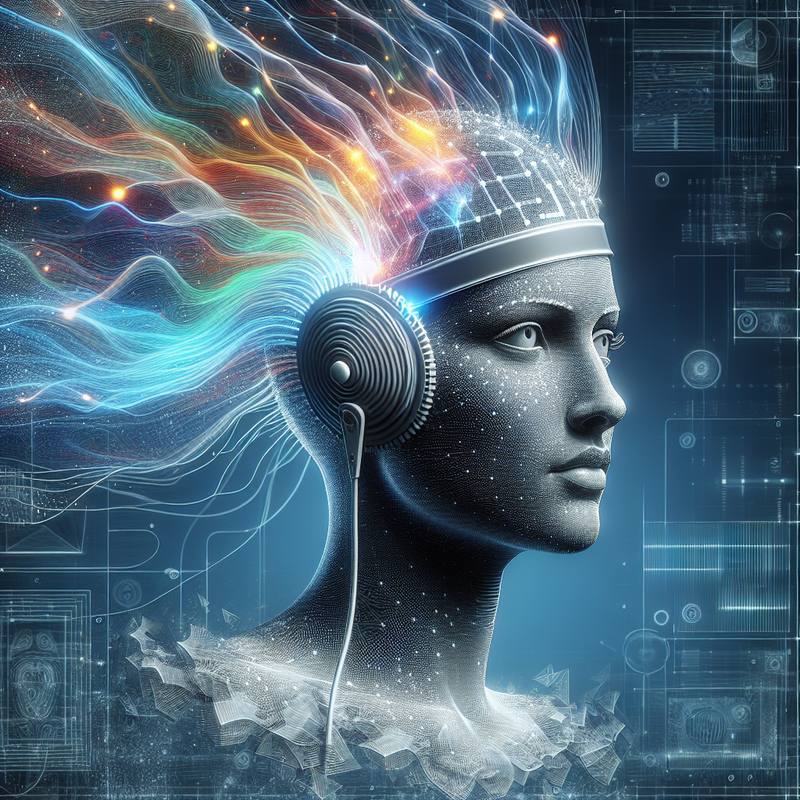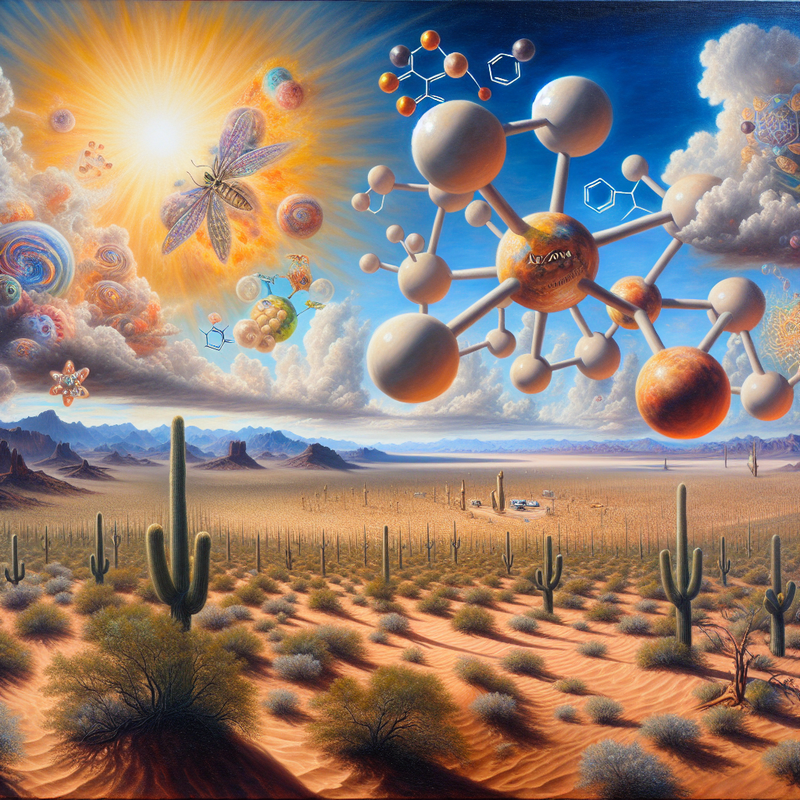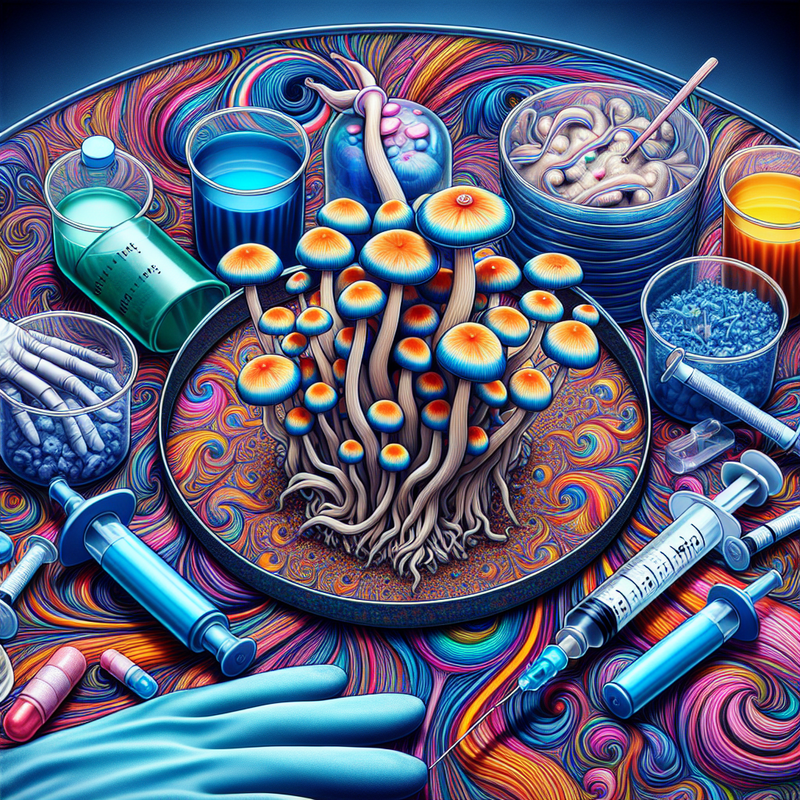At the Intersection of Music and Technology with Jason Snell
With innovation at the intersection of music and technology, artist and programmer Jason Snell has elevated the realm of artistic expression. Through the integration of biometric feedback, including brainwave and heart rate data, Snell orchestrates real-time musical manifestations. These performances, which he describes as “brainwave techno” and “biofeedback soundbaths,” are uniquely shaped by his body’s own physiological signals.
The Role of Muse Headband in Snell’s Artistic Innovations
Embarking on a creative voyage with the Muse headband, recognized for its electroencephalography (EEG) capabilities, Snell harnessed its biometric sensing to translate neural patterns into MIDI sequences, thus birthing music. “In the span of six years, my development work produced numerous versions of software that convert the Muse’s biometric feedback into MIDI,” Snell remarked. Chosen for its user-friendly design and multifaceted sensors that capture brainwave, cardiac, and kinesthetic information, the Muse headband emerged as his instrument of choice for these engaging, interactive auditory experiences.
Realizing His Vision with the Muse Headset
Snell’s muse, inspired by the concept of music hailing from DNA, discovered a compelling ad for the Muse headset. Blending his expertise in artificial intelligence, coding, and mindfulness, he envisioned a system that would sonically map neural activities. “Once the Muse arrived, I crafted a working prototype within 36 hours,” he shared, reflecting on how swiftly he realized his inventive vision.
Growth and Evolution of Snell’s Brainwave DJing
From its inception, where Snell essentially served as a brainwave DJ, his process has matured, thanks in part to Muse 2’s photoplethysmogram (PPG) sensor for heart rate monitoring, refining his audio artistry. The global health crisis propelled further integration of biometric data into Snell’s musical generation process. His academic tenure at NYU, within the Interactive Media Arts program, enriched his insights into neuroscience, an advantage he now applies to his performance art.
Experiencing Artistic Transcendence in Live Performances
Profound, sublime experiences during live performances are not lost on Snell. He has experienced moments of deep introspection, merging with the very music birthed from his cognitive rhythm. “In one instance, I began to dream while fully conscious,” he recollects, pointing to the profound mental impact his innovative performances induce.
Neurofeedback System in Education & Therapy
Not just confined to the stage, Snell’s neurofeedback system has found a place in the education sector, specifically within Iowa’s middle schools. Students equipped with Muse headbands and iPads could audibly monitor their cognitive states. “This aural feedback gave students a new perspective on their brain states, shedding light on something typically unseen and unfelt,” Snell noted, speaking to the pedagogical benefits.
Moreover, the therapeutic potential of such musical neurofeedback is under exploration. A grant from the Roddenberry Foundation has allowed for Snell’s clinical studies to assess the system’s effectiveness relative to traditional music therapy and other non-musical neurofeedback approaches. Early trials, especially those involving children with disabilities, have yielded encouraging responses.
The Future of Snell’s Innovations
Going forward, Snell, backed by additional funding, aims to delve into the study of sounds and movements that facilitate meditative states across various cultures. His goal is to weave these findings into both his artistic performances and therapeutic practices. For those interested in staying abreast of Jason Snell’s avant-garde experiments, updates are regularly posted on his Instagram and YouTube channel.




